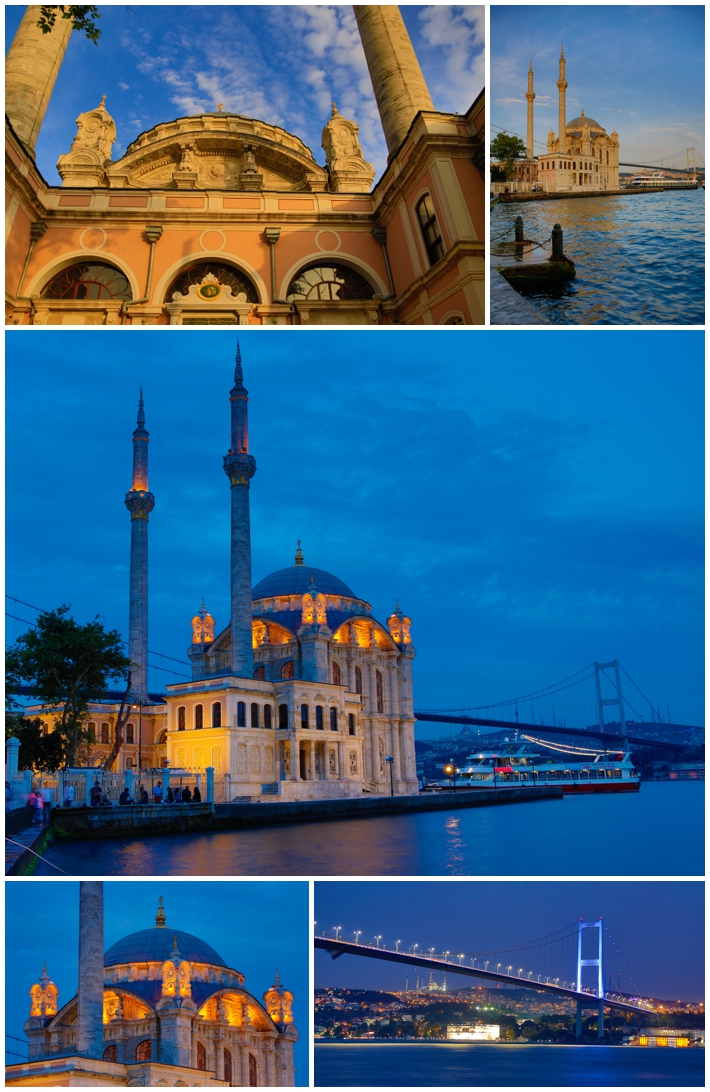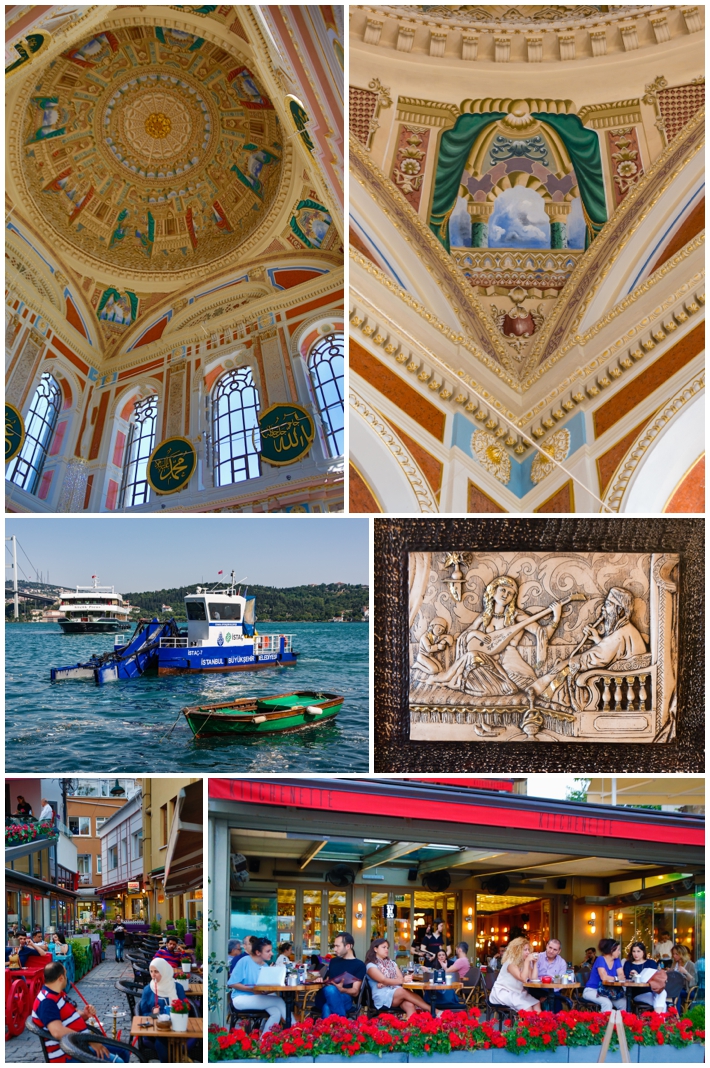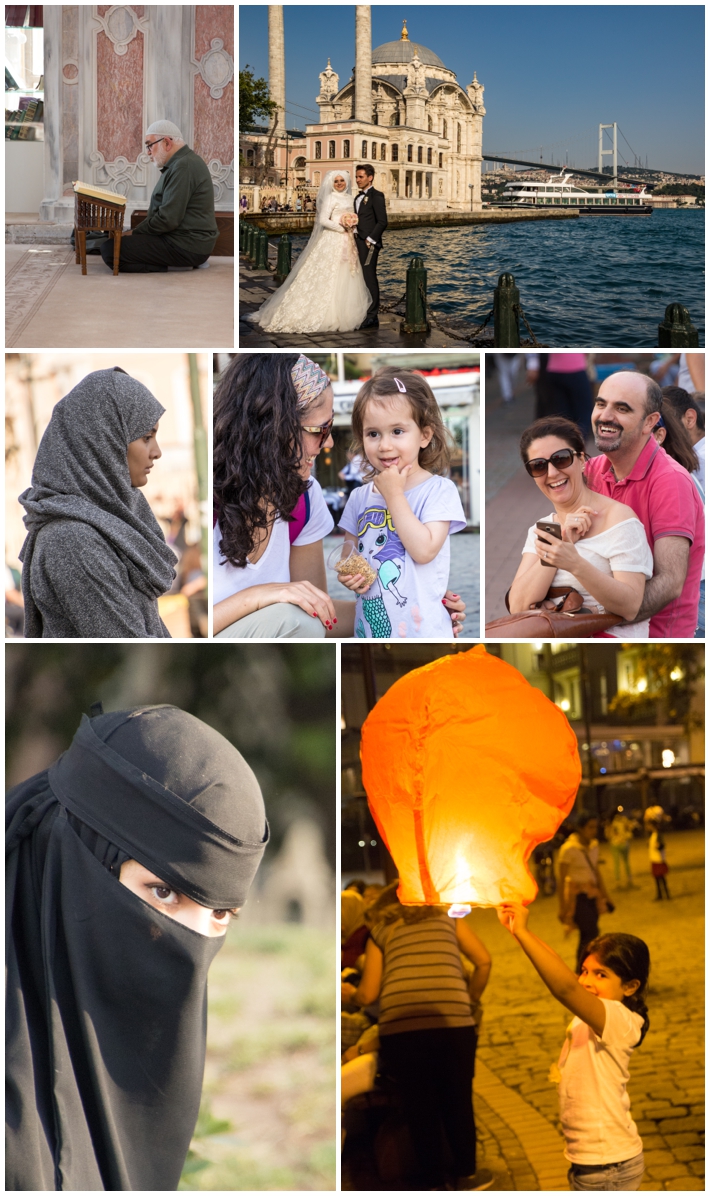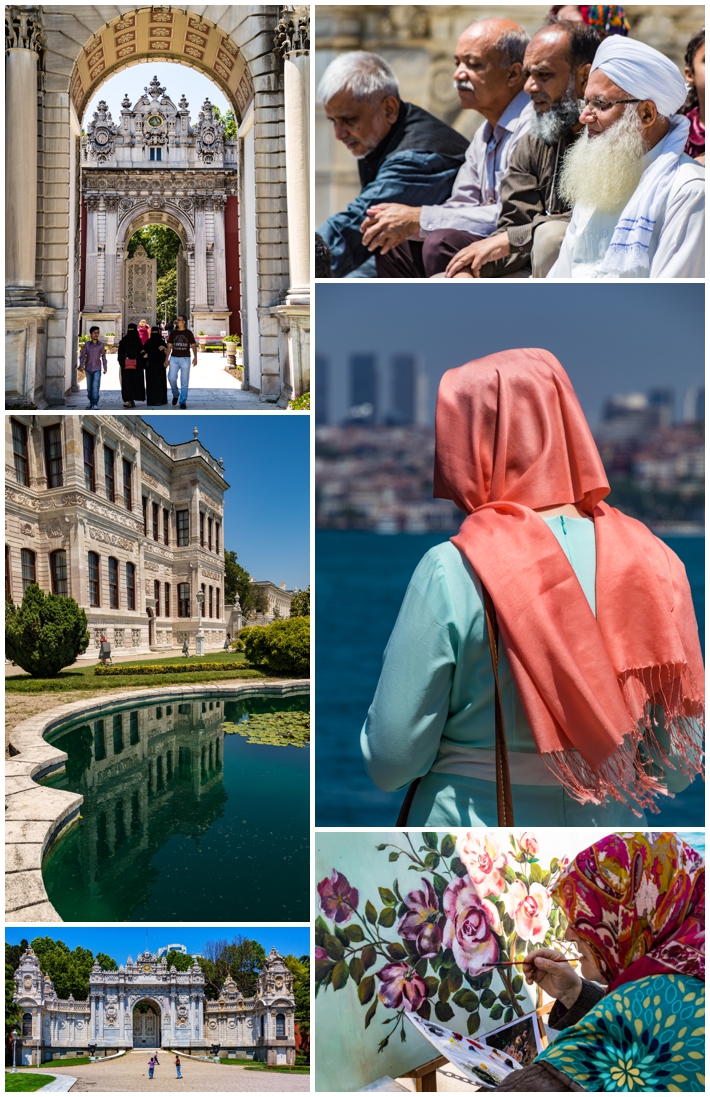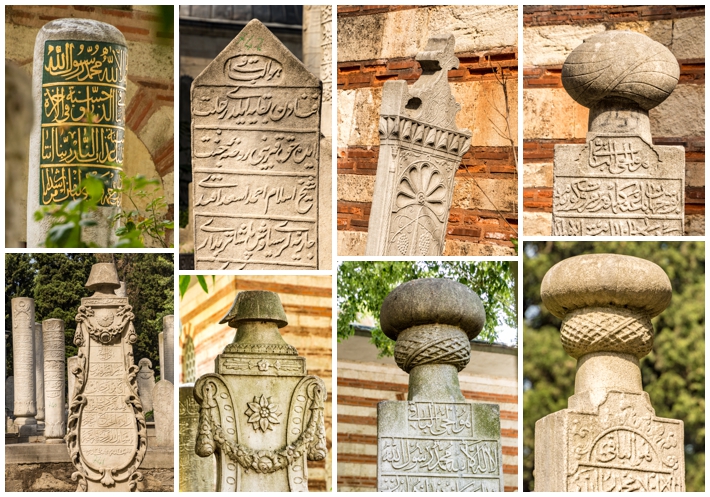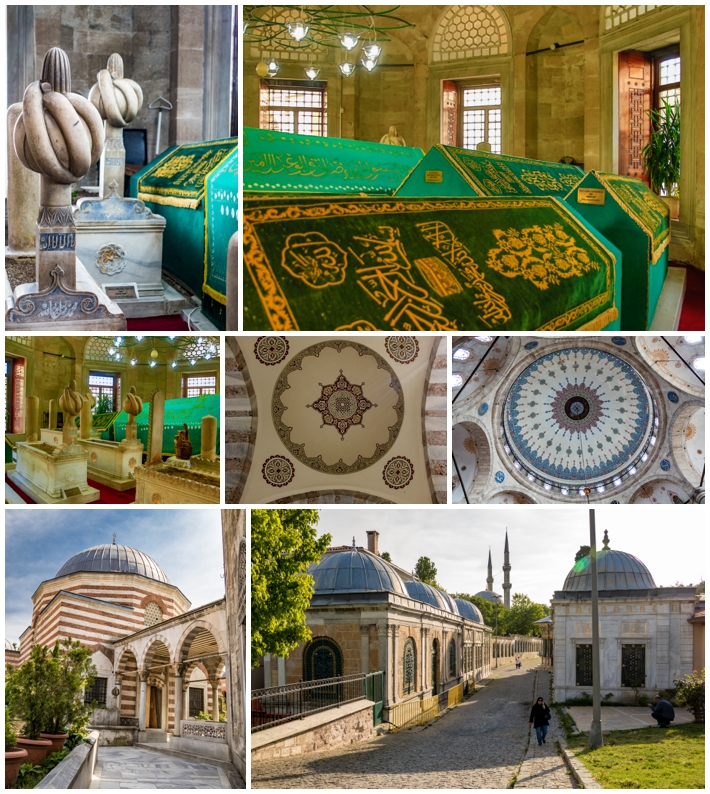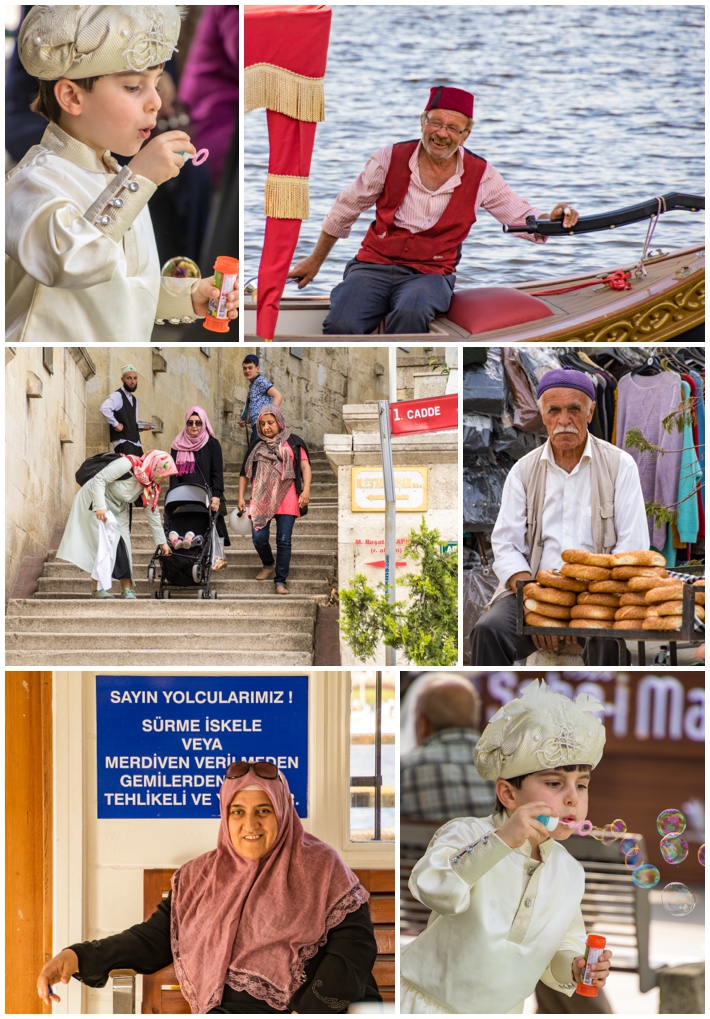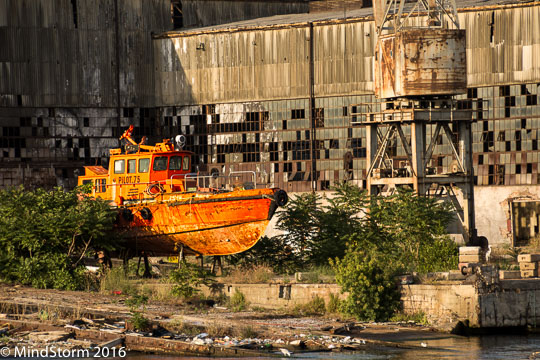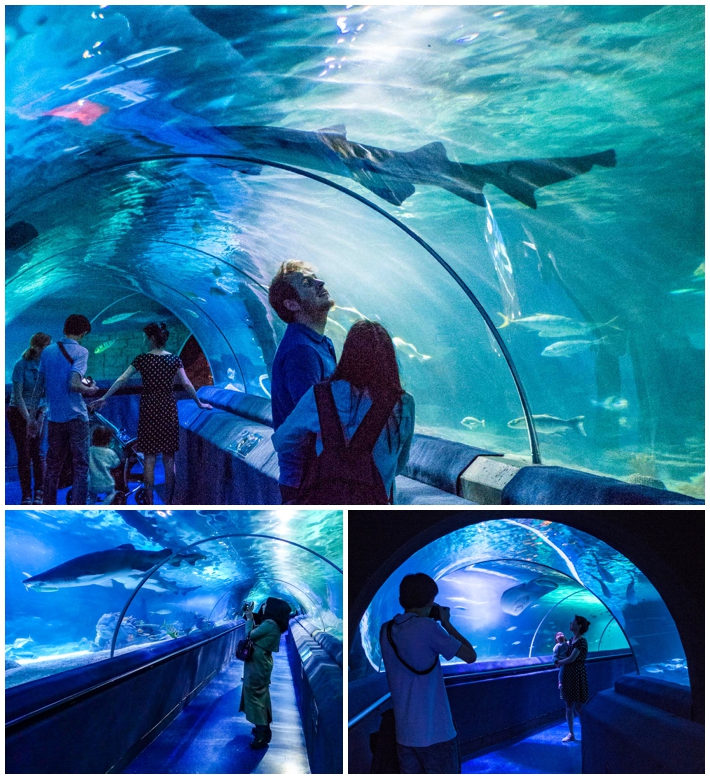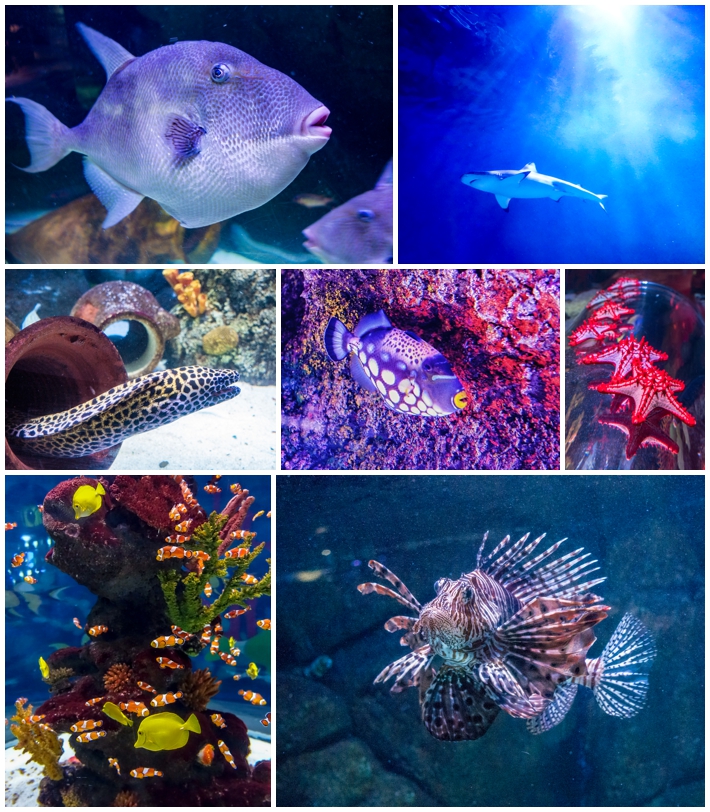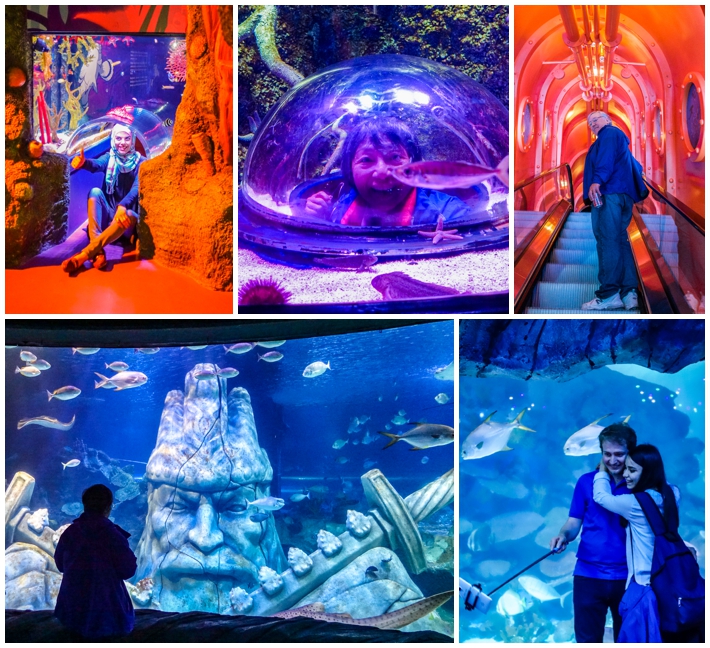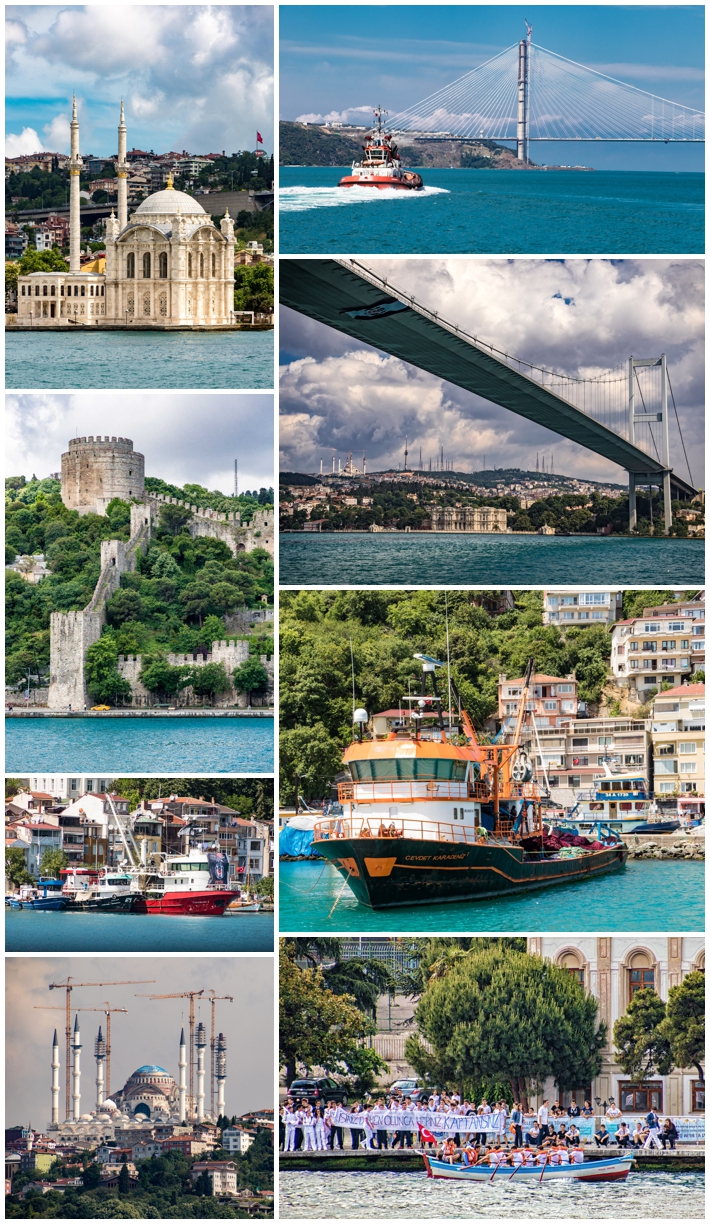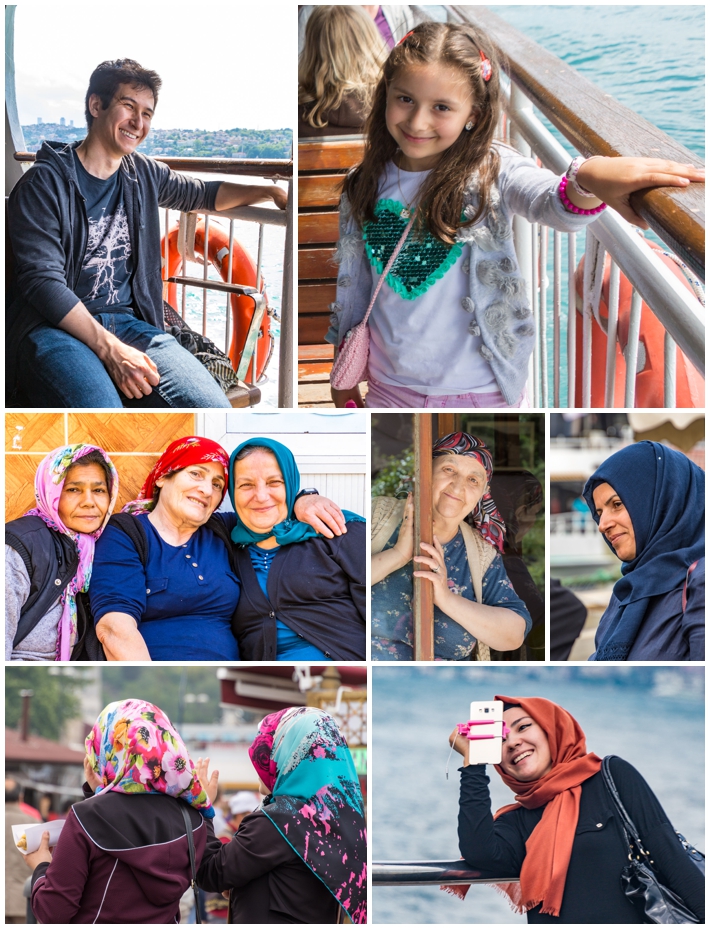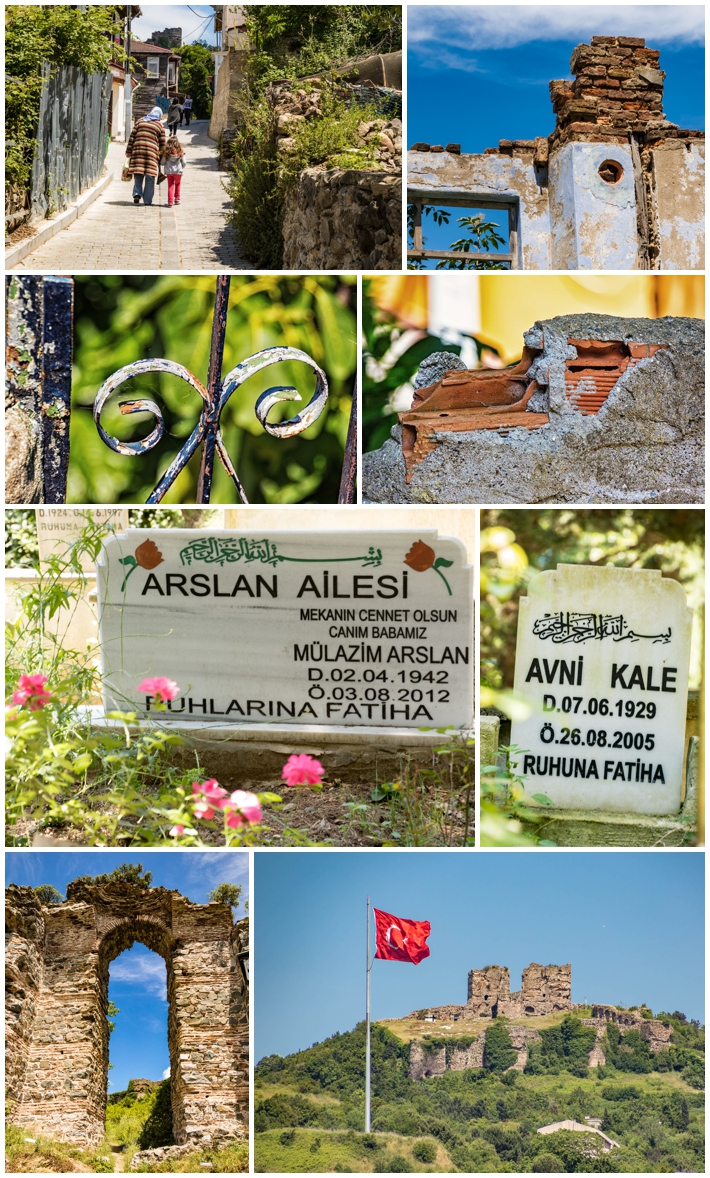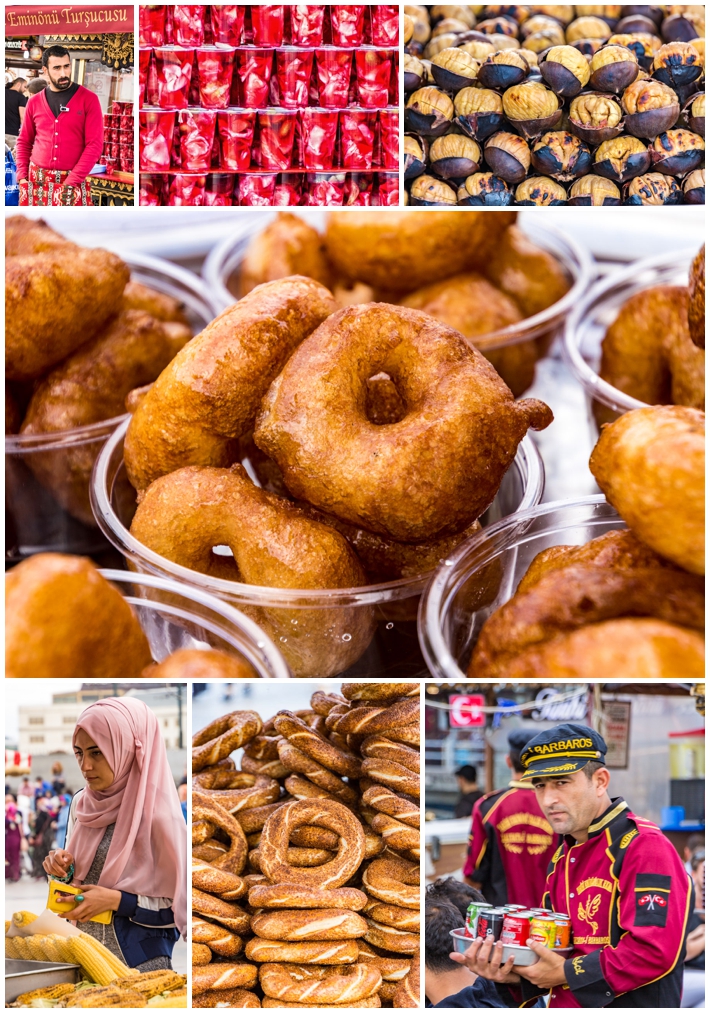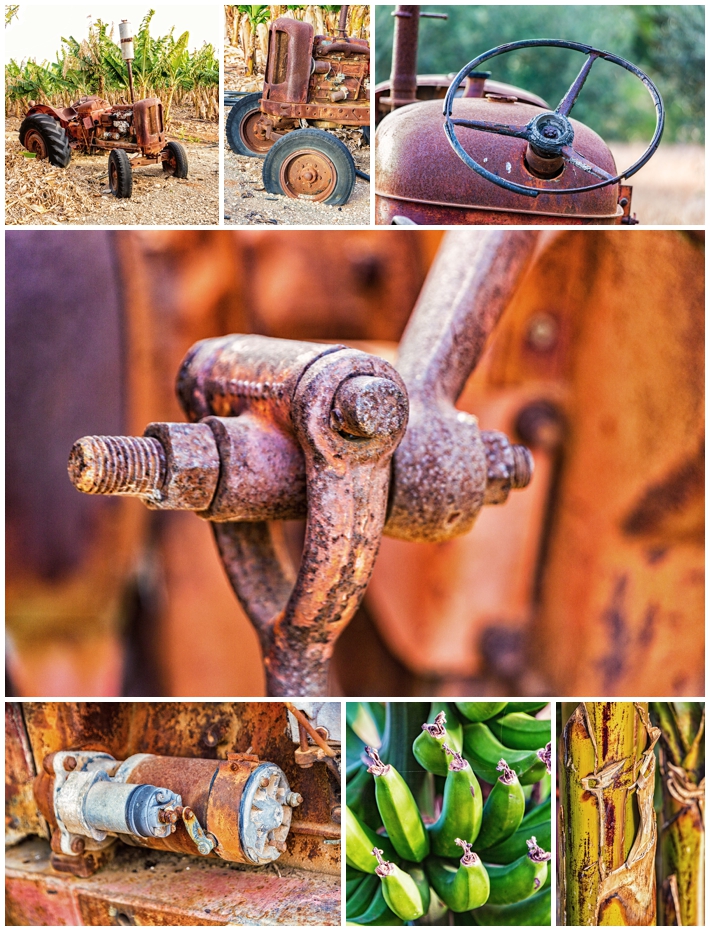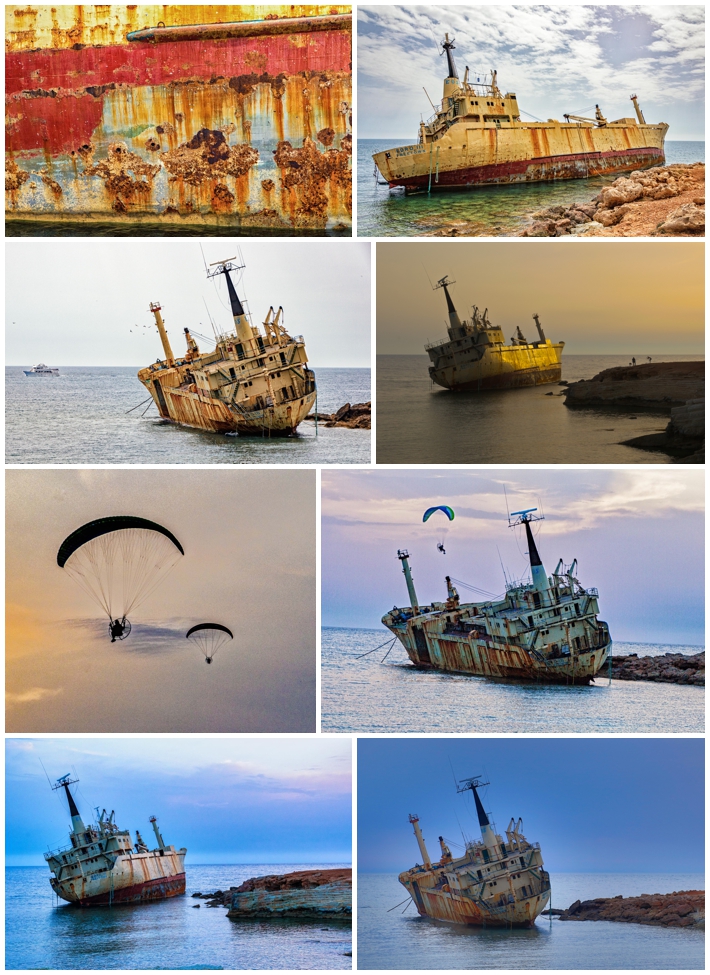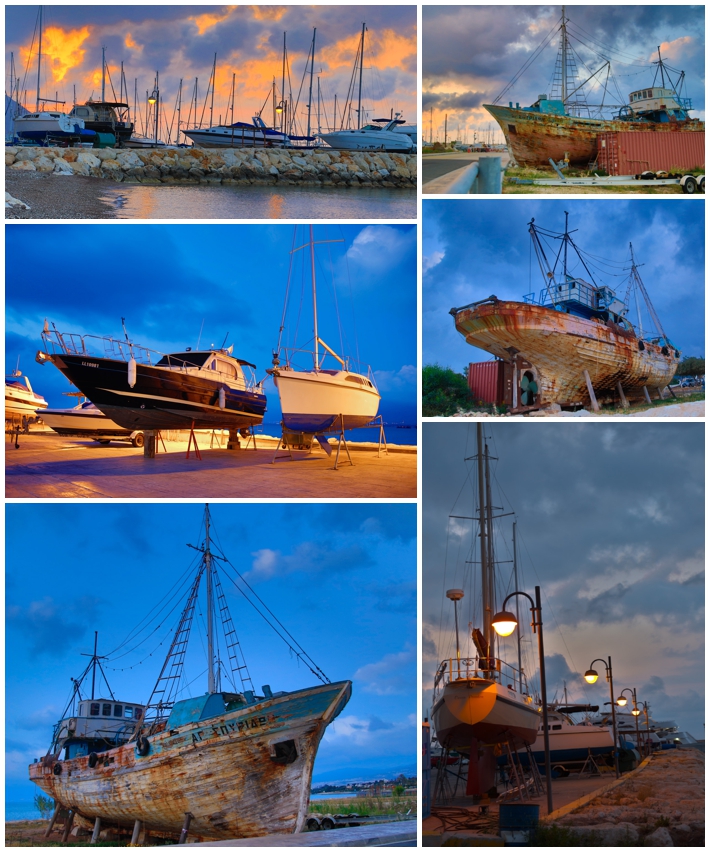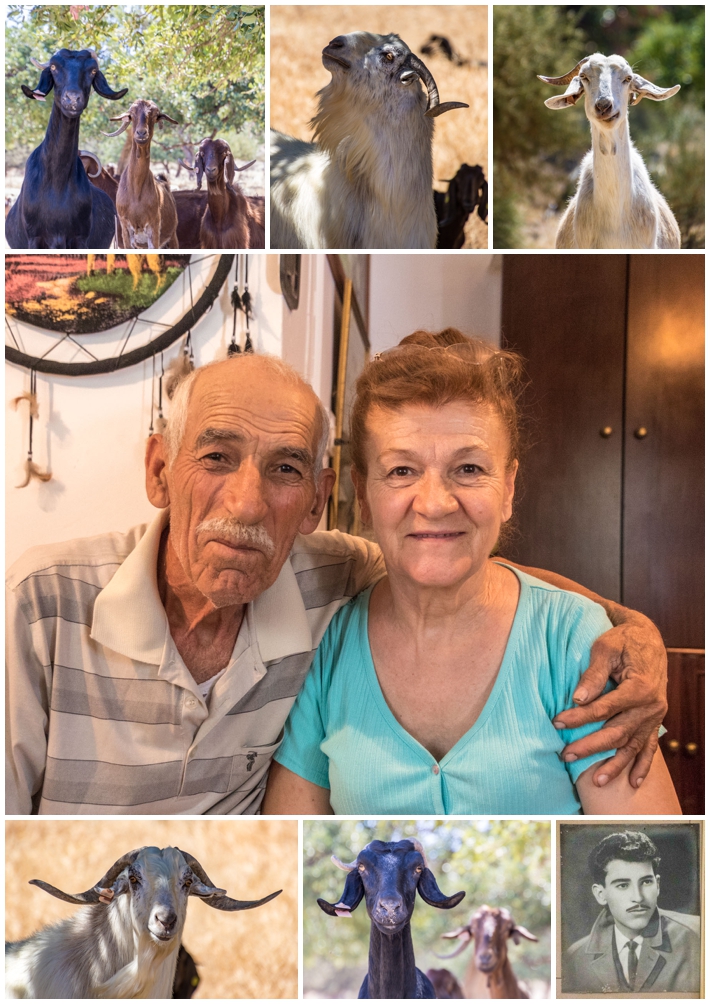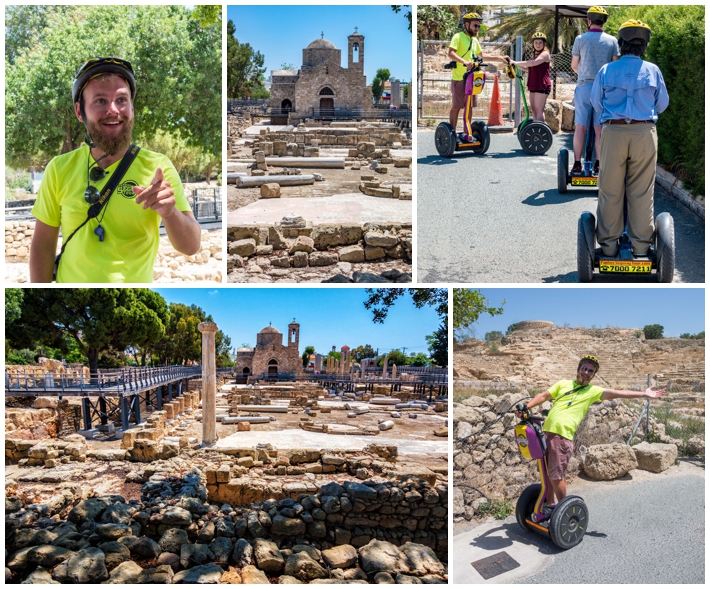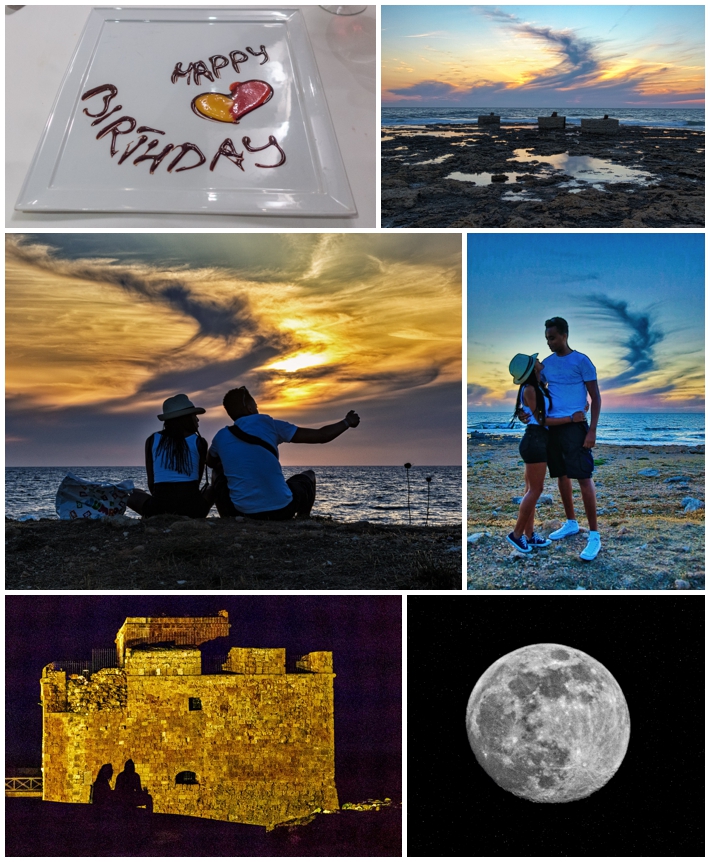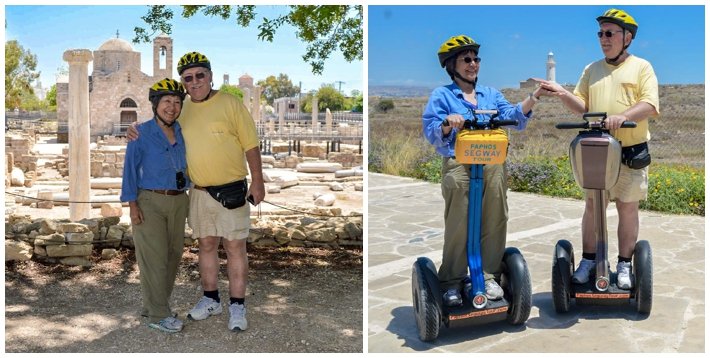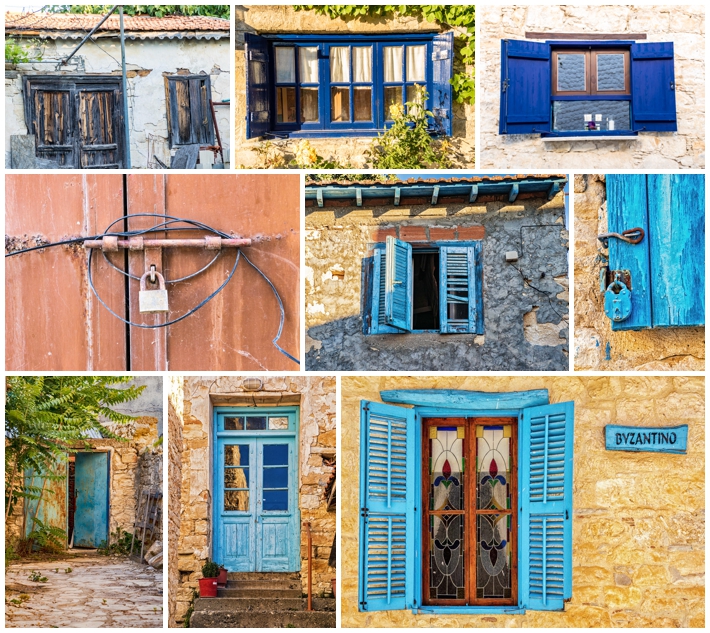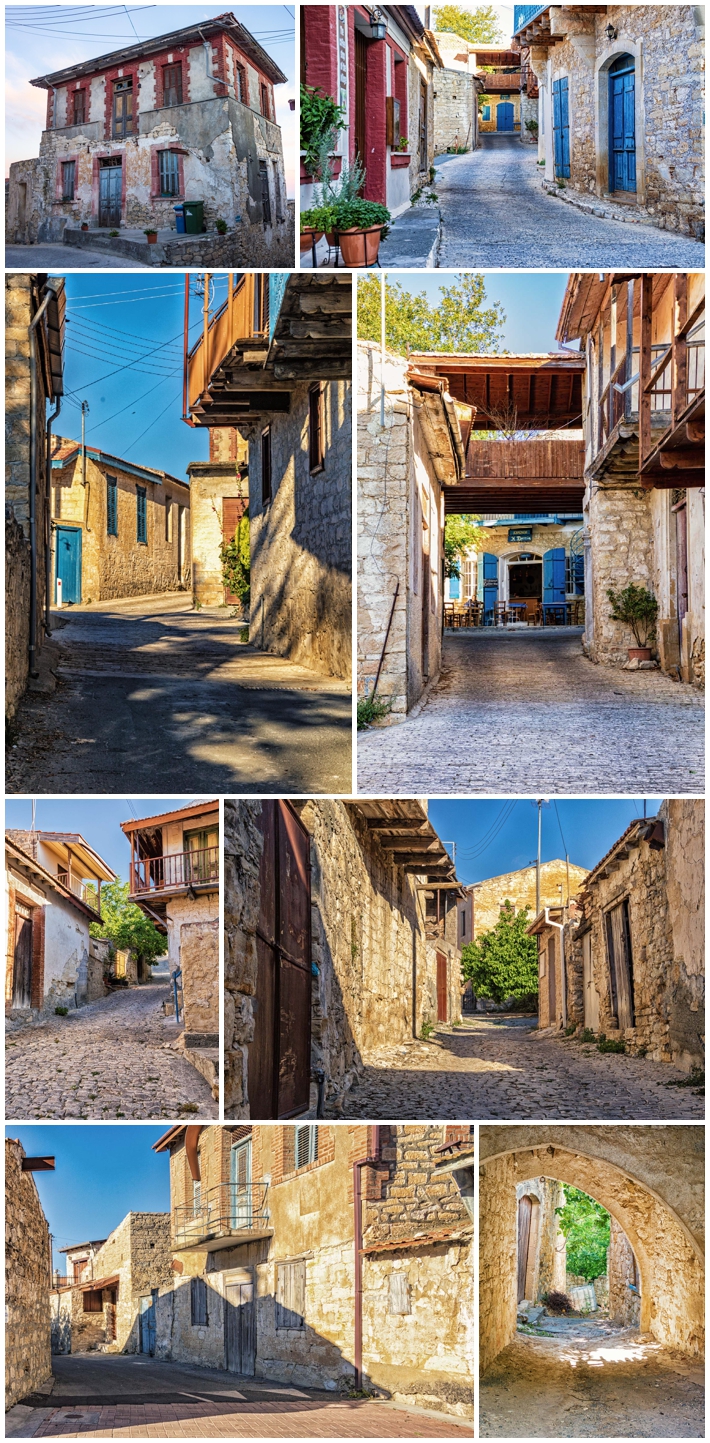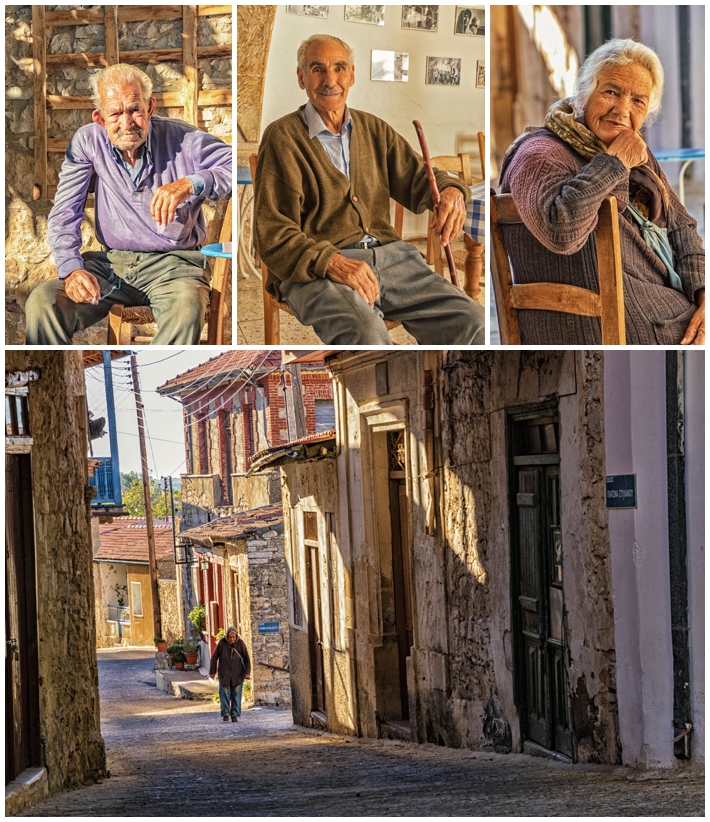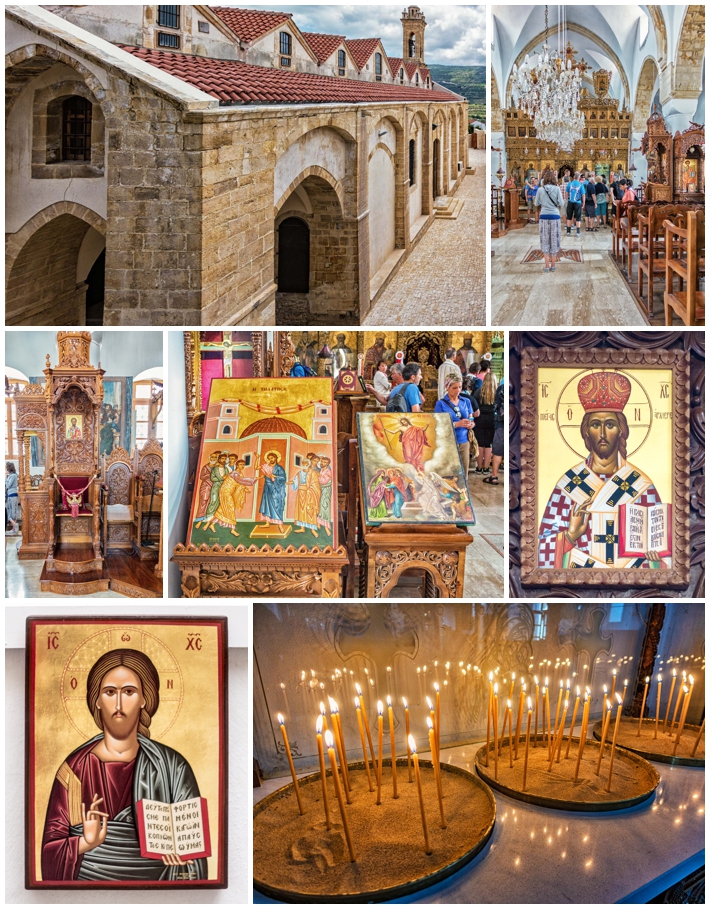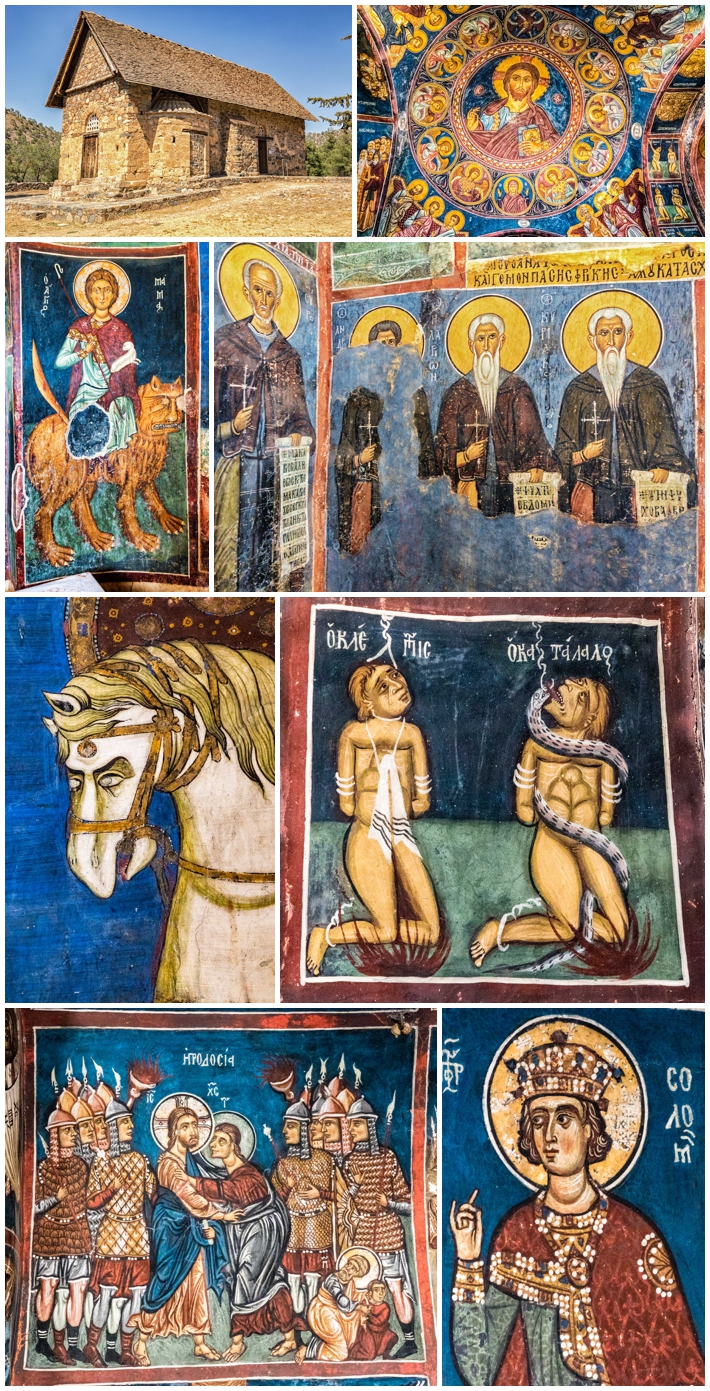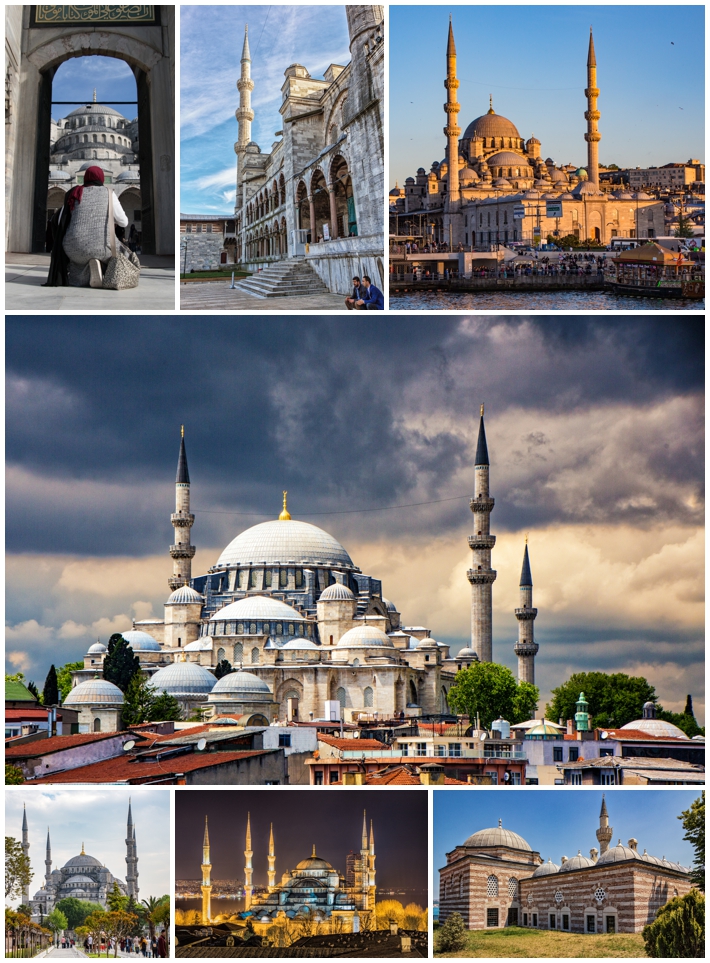
Now that our latest vacation is complete, this is a summary of what it feels like to live in Istanbul, even if only for a couple of months. First, mosques are everywhere and a part of daily life, even for those who are not practicing Muslims. There are 2,995 active mosques here, and every one of them has loudspeakers on their minarets, so the call to prayer can be heard 5 times a day throughout the city.
Those calls to prayer create noise at those times. The rest of the time though, the city is surprisingly quiet. Not “out in the countryside” quiet, but much more so than a city of this size would suggest — and much quieter than Cuenca. In 11 weeks in both Turkey and Cyprus, we never heard a single car alarm (yeah!) nor house alarm, which has become an almost constant background noise in Ecuador. In Cuenca, we have church bells that ring at multiple times before sunrise, and hear rockets that are fired off frequently. None of that annoying noise exists in Turkey, which balances out the sound of the calls for prayer from the mosques from morning to night.
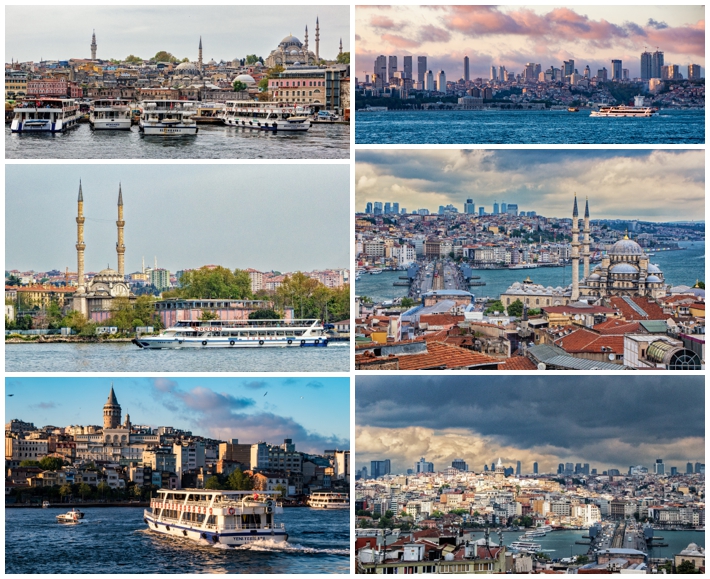
The skyline of Istanbul is that of a modern city, punctuated by frequent mosques. There are very old structures, dating back more than 1000 years, sitting right next to modern buildings put up in the last couple years. Istanbul is quite picturesque, and a real treat for photographers.
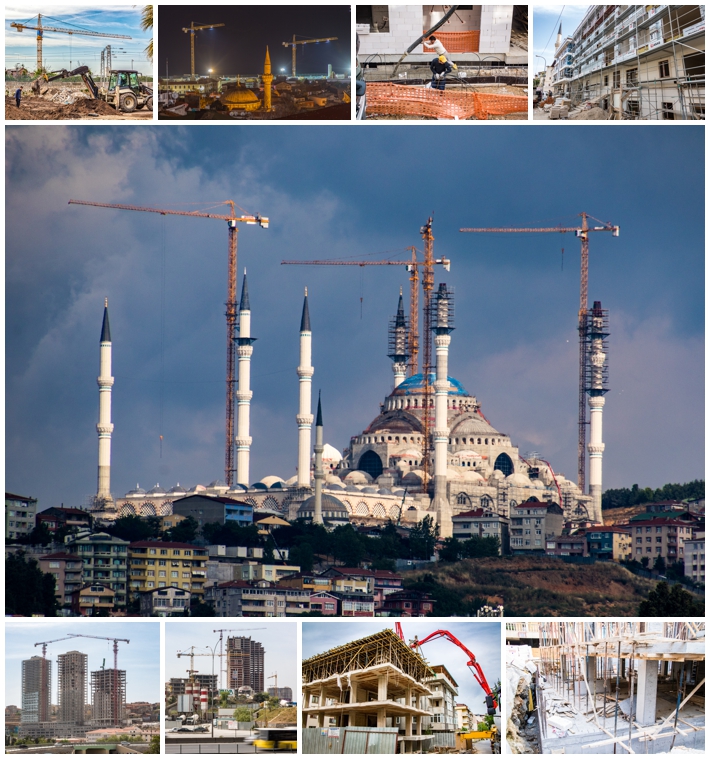
Construction is going on everywhere, including a new 5-level apartment building right across the street from where we were staying. There are more than a dozen new apartments going up within a few blocks of where we have been staying. Many mosques and museums are also being renovated as part of the construction boom. We could hear sounds of drills and hammering 7 days a week. For each building under construction though, we only saw a few workers each day, and it seemed like it would take a long time to finish at that rate.
Istanbul is a city of 15 Million people, concentrated into an area of 2000 sq miles. Compare that to Ecuador, where the entire country also has 15 Million people, but spread out over an area of 110,000 square miles. Ecuador has 50 times more land with the same number of people in Istanbul itself.
With that many people in such a small space, crowds are a given. The streets are clogged pretty much 24/7, and there have literally been times when we walked a couple miles faster than the traffic next to us. Very long commute times appear to be common, and we have been told that 1-1/2 hours each way to work is not unusual.
On the Asian side (where we were staying), very few people use the sidewalk. Instead, everyone walks in the street, even though cars are rushing past inches away on narrow streets with cars parked on both sides. People complain about the sidewalks in Cuenca, but they pale next to Istanbul, where the sidewalks are both uneven and usually completely blocked from cars or equipment every couple hundred feet.
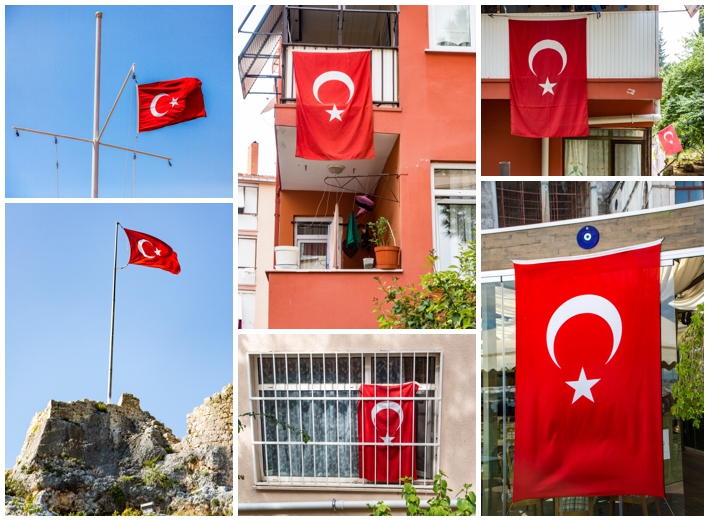
We have found that most people in the world are proud of their home country. That is also true in Turkey, where flags are hung from numerous apartment windows and most parapets.
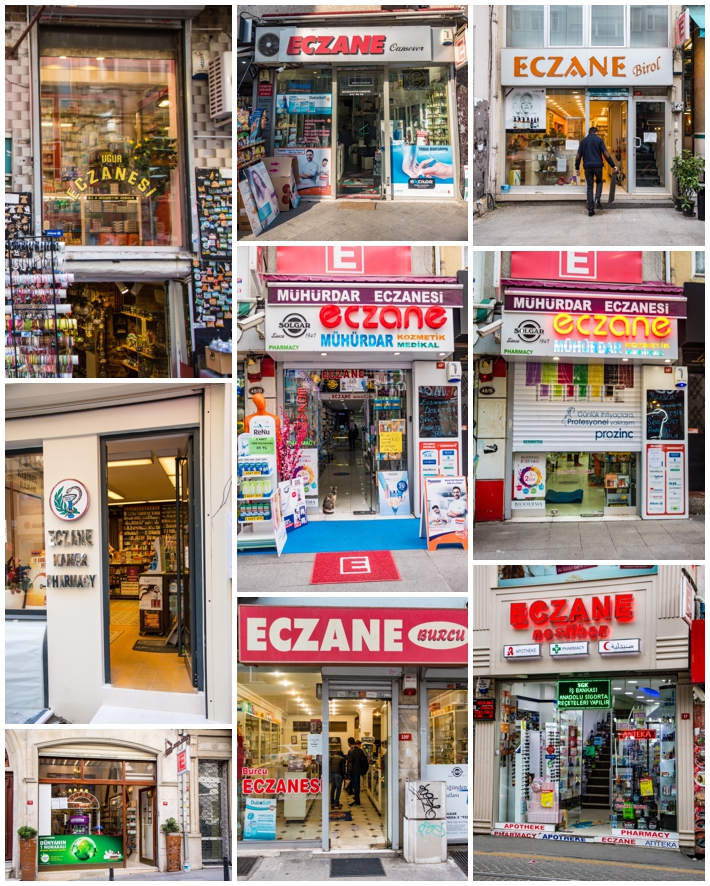
We never really got a solid answer as to why there are so many pharmacies in Istanbul. There will be one every few blocks, and one corner near us has four pharmacies — one on each corner of the intersection.
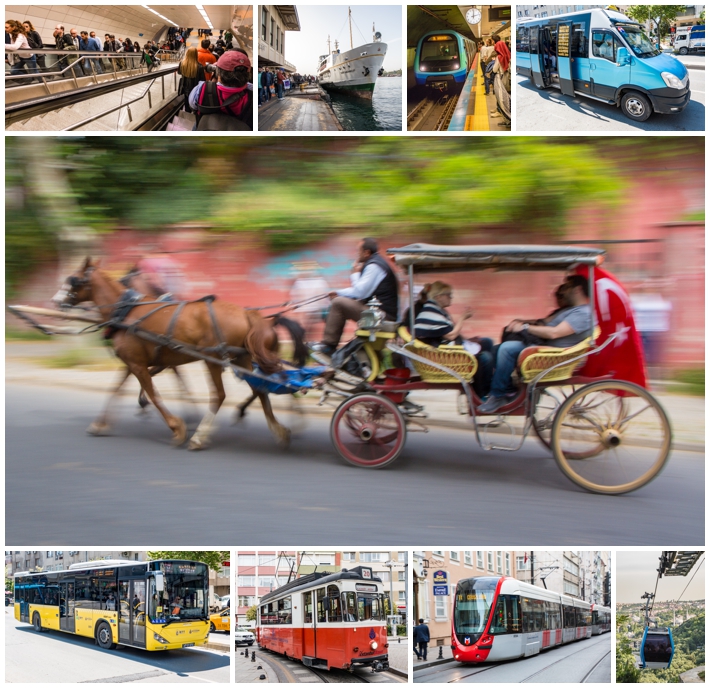
There is a dizzying array of transportation means to get around town. Modern subways and buses criss-cross the city, with the stations nearest us opened in 2012. We used every form of public transportation shown above! And, although the ferries take longer to get from the Asian side to the European side, the views from the ferries were stupendous and such a pleasant way to commute. All the transportation systems were efficient, and waiting times were so short, that it became fun to use the discounted Istanbulkart that was accepted by most of the transportation forms. Imagine walking to the station, traveling by underground subway, riding across the Phosphorous straits on a ferry, taking the T-1 tram across the city, riding a mini-bus to another part of town, traveling up a hill on a funicular, then taking the Marmaray train under the Phosphorous all in one day.
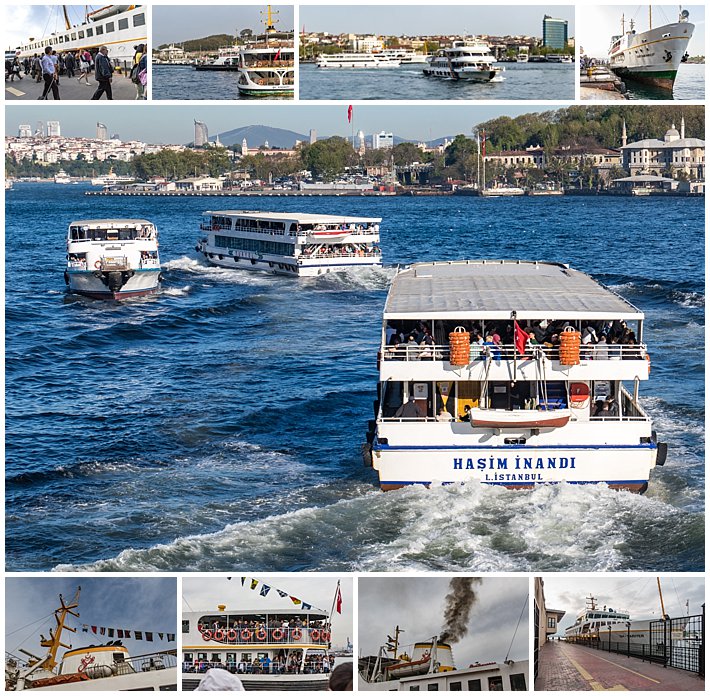
And, when you’re riding on a ferry, you cannot believe how many different types and sizes and boats are crossing the Bosphrous simultaneously. There were so many cruise ships, dozens of lines of ferries of all sizes and shapes, private cruisers, pilot boats, trash removing boats, cargo ships, speed boats, coast guard patrol boats, fire boats, boat taxis, party boats, row boats, barges, all going in different directions at high speeds, we were shocked we didn’t see any incidents.
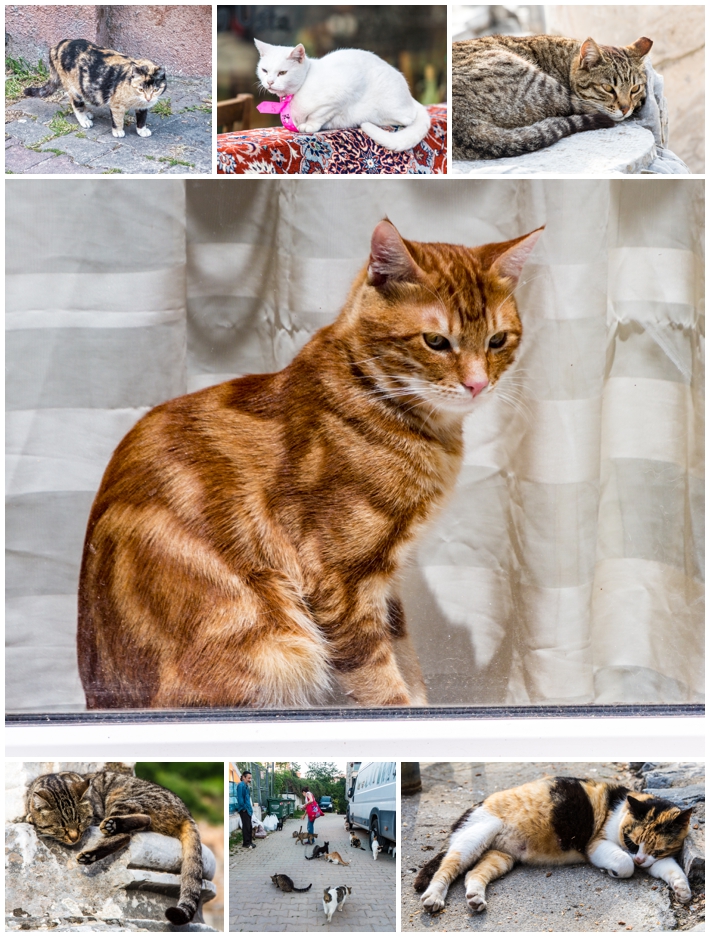
Cats are everywhere in Istanbul, including hanging out in the ancient ruins. Whereas, Cuenca is a dog-friendly city. Even those that do not own a cat themselves will often care for feral cats in the neighborhood. It is common to see a cat sitting at the entrance to every restaurant, and common to see platforms where dozens of cats hang out and are fed by some elderly local.
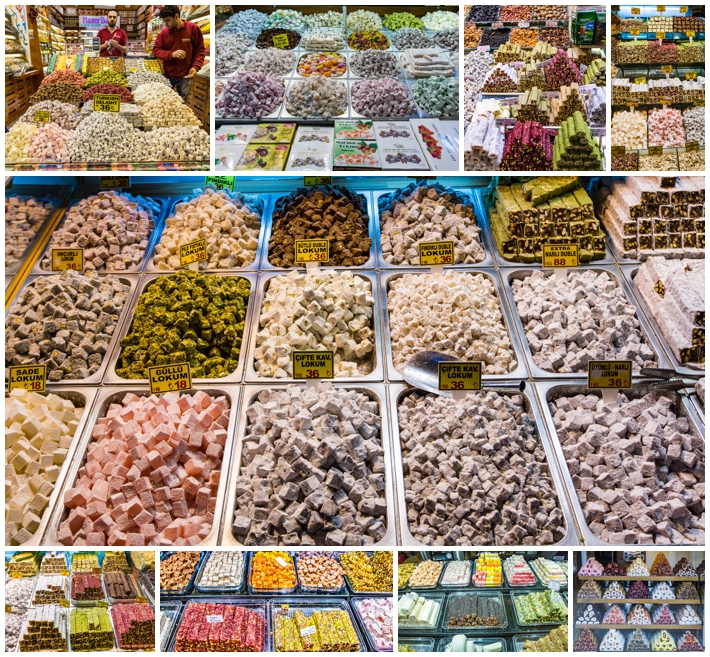
Turkish Delight is the national candy here. When buying some, the trick is to find a store with high turnover, so the Delight is fresh.
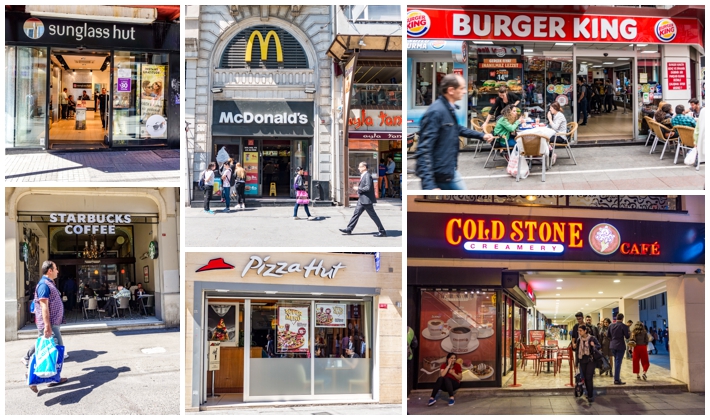
American fast food restaurants are still relatively rare, but they are there.
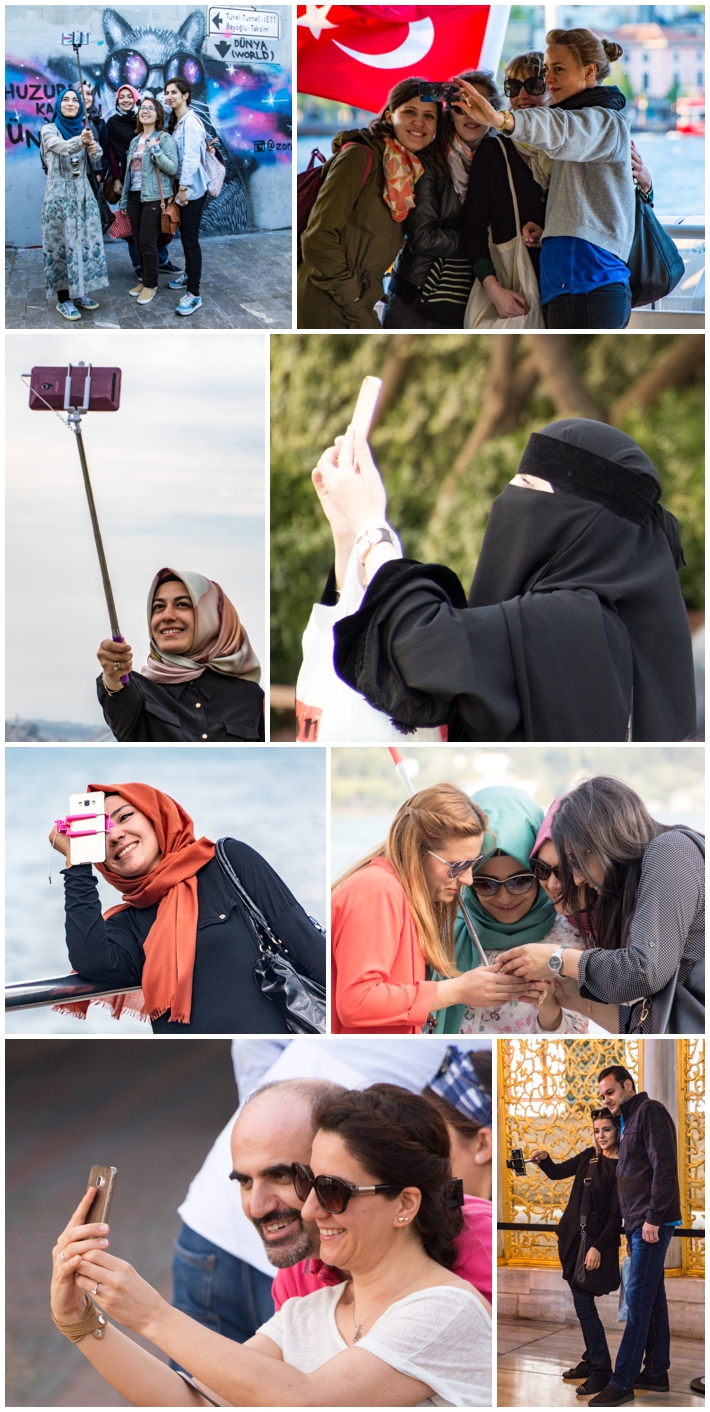
Pretty much everywhere we traveled, there was someone taking a selfie. Even though the “smart phone” cum camera and the selfie stick are not new, this is the first time we have seen it being so prevalent.
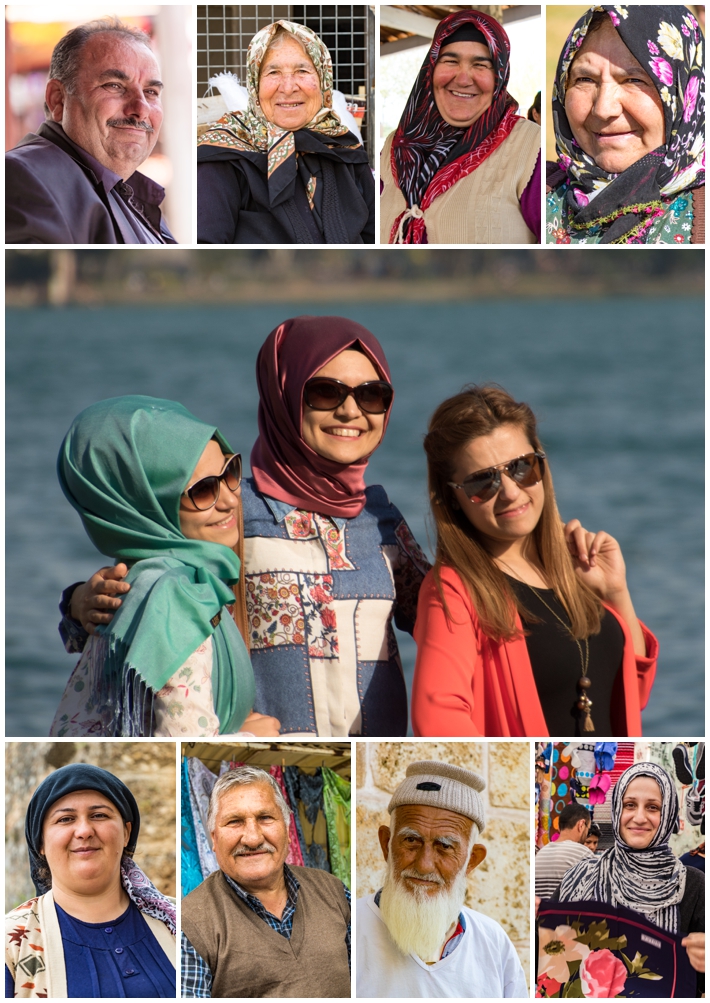
And of course, the people. I have said this before, but need to say it here again at the end — the Turkish people are the friendliest we have ever met in our wide travels. We traveled with a camera almost every day, and came back with 19,913 images, most of which included one or more persons. I can count on both hands the number of times someone indicated they did not want their photo taken. The more common response was a big smile, followed by a “thank you” for taking their photo. When we got lost, people would take time to personally walk us to the bus stop across the street, talk to the driver in Turkish to take us to our destination, or when we were trying to figure out which ferry to take, people would go out of their way to point out the correct stop.
The one negative for us is the language. The Turkish language is much different than English, or any Romance language, and the written language does not seem to have any relationship to the spoken language (I am sure it would seem closer if we really understood their alphabet). When listing to someone speak, I am not even able to tell where the words are in the sentence, let alone have any idea of what is being said. It was common for us to practice a word over and over, then say it to a local, only to be met with a look of bafflement. When it was finally understood what was meant, they would repeat the word — and I swear it sounded just like I said it! (Of course, that was true our first months in Ecuador too…).
At one mosque, I met two university students who were studying English, and who wanted to talk to a native English speaker. We have become “pen pals” for the past several weeks. At one point, she asked “Why don’t you learn Turkish? It is such an easy language. Not difficult like English!” I smiled, and pointed out that she had learned Turkish as a baby, and thus now considered it easy, just as I had learned English the same way. It was interesting that she had never thought of that, and had little concept of learning as a child vs learning as an adult (let alone a retired adult…).
Turkey is a unique country in many ways. It’s mind bogging to know that ancient civilizations evolved here, and you can still see both the old and the new together in one location. I think you will be surprised at what you find if you come and visit.
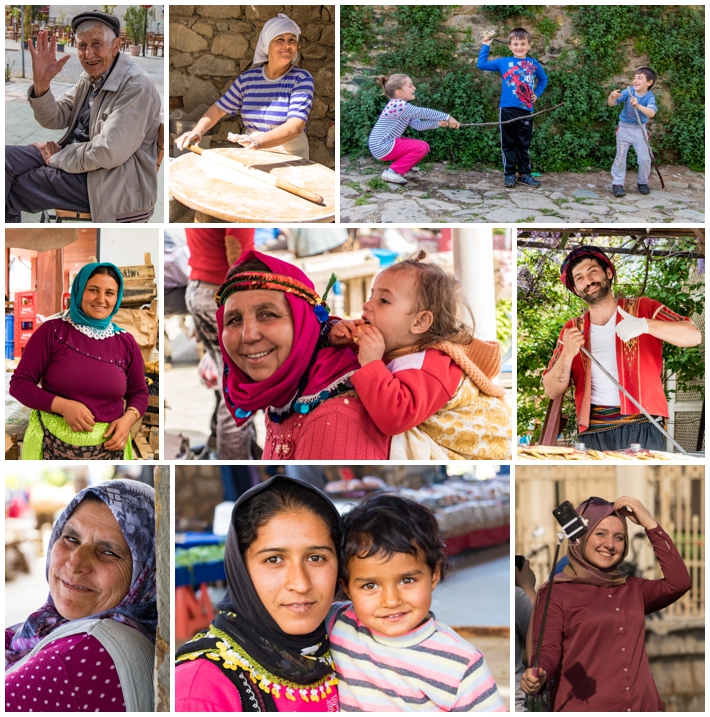
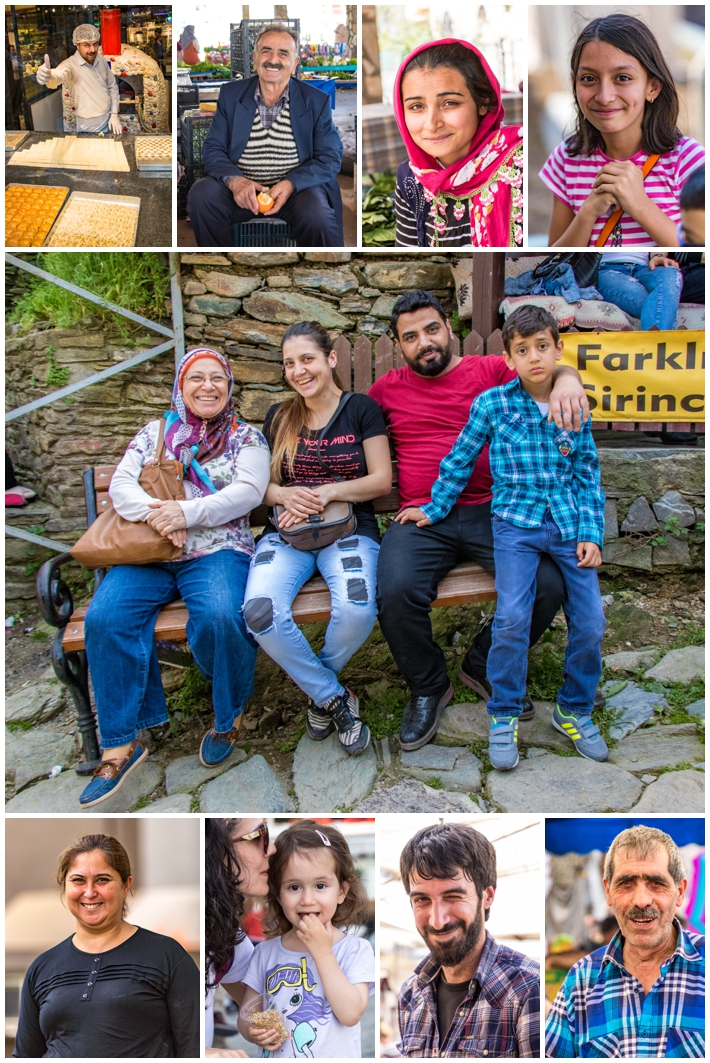
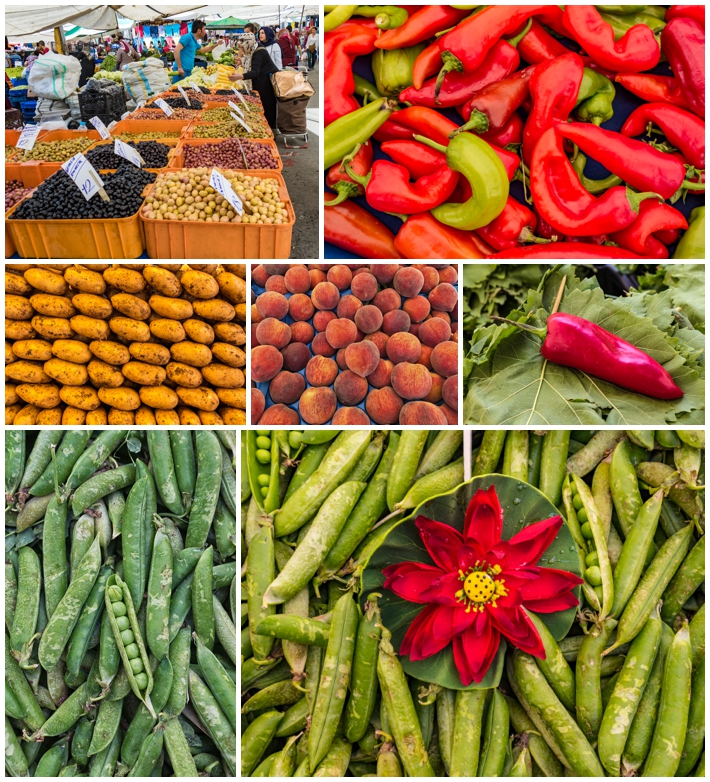
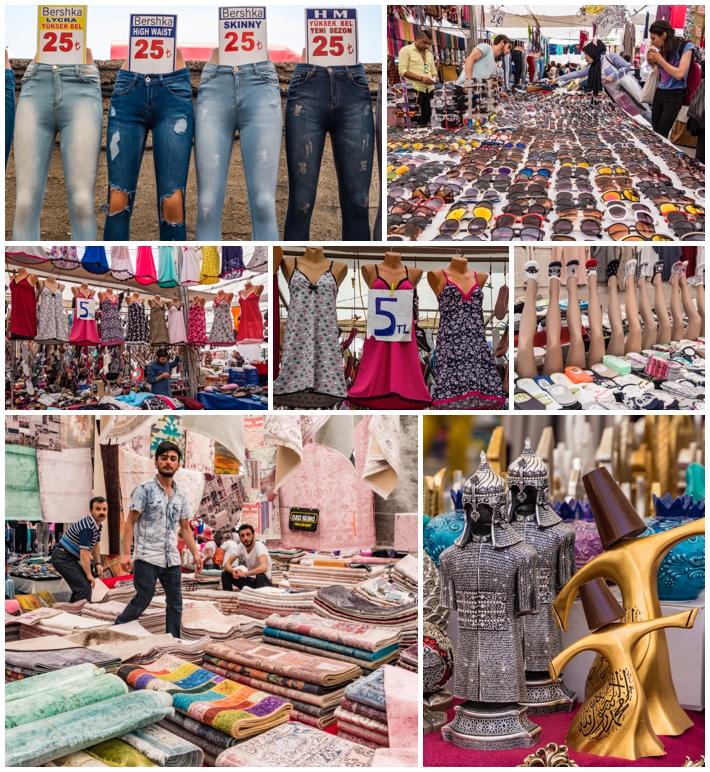
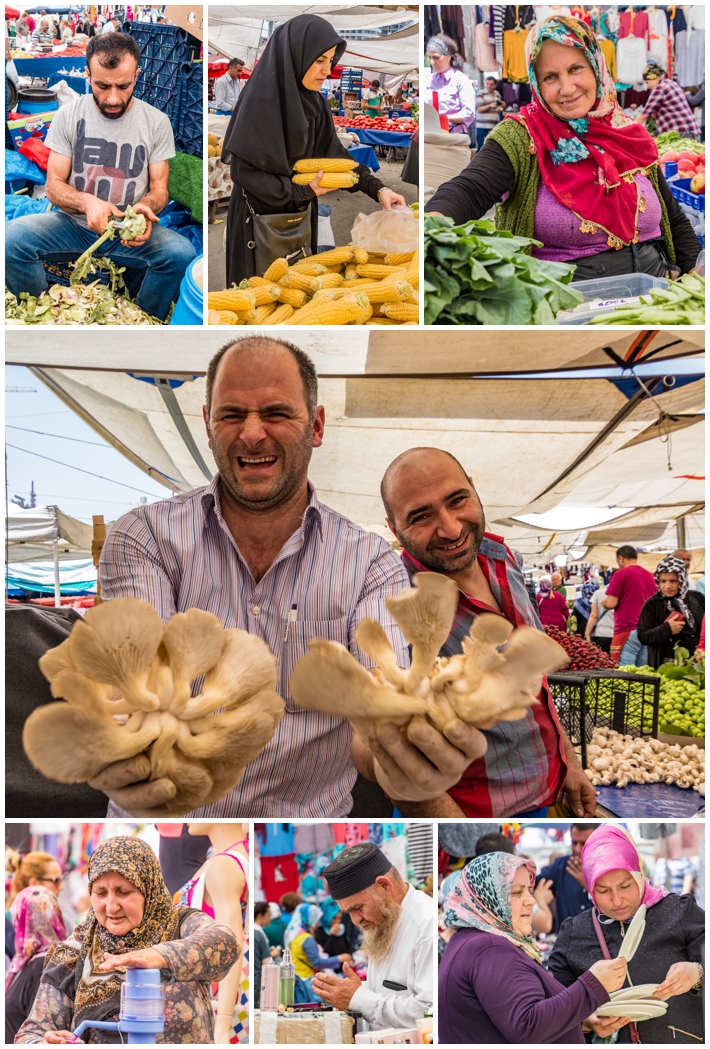
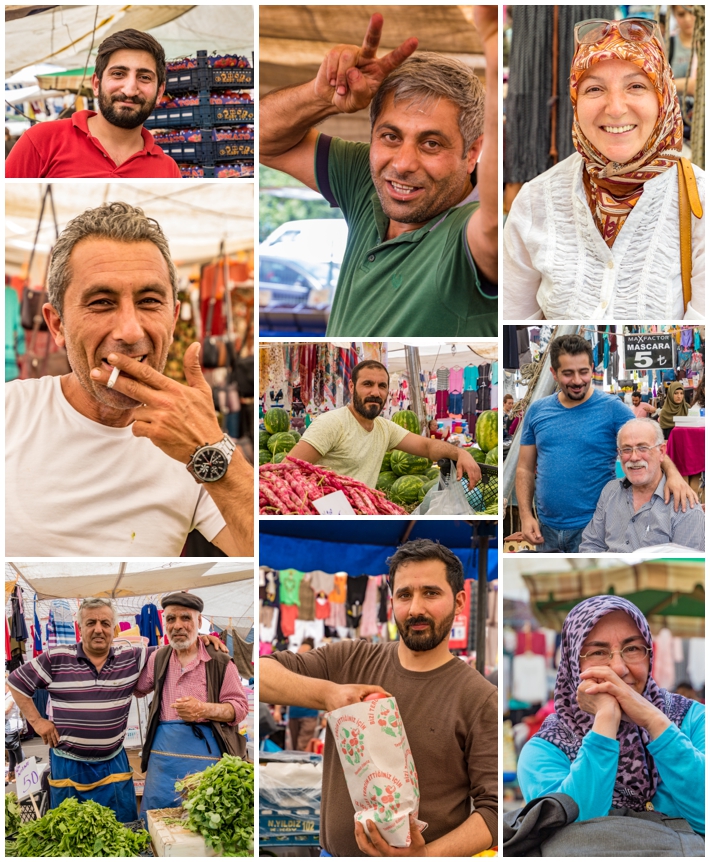
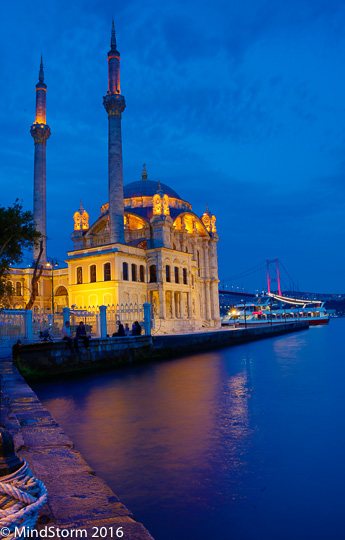 The “Blue Hour” at Ortaköy Camii
The “Blue Hour” at Ortaköy Camii